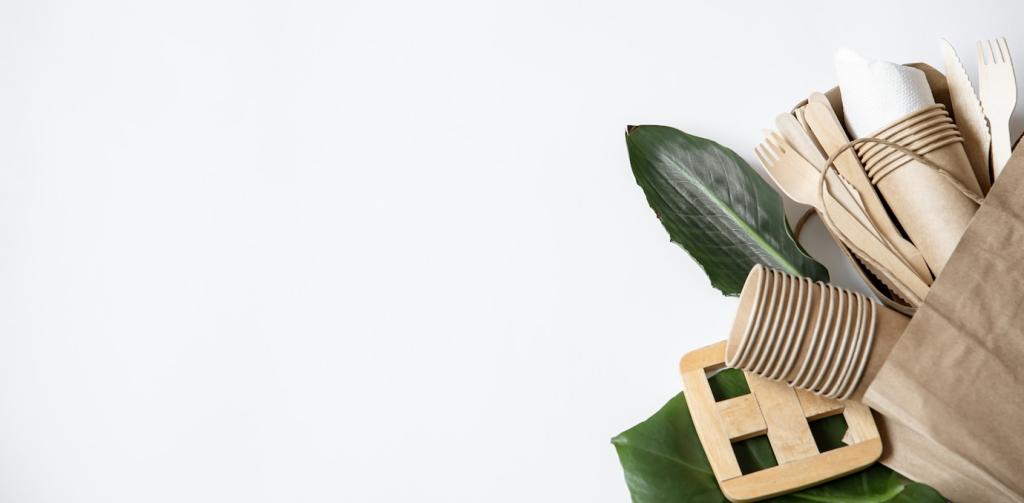Biodegradable Furniture Maintenance Solutions


Getting Started with Biodegradable Furniture Care
Not all biodegradable pieces behave the same: bamboo resists dents yet drinks humidity, cork rebounds but fears sharp heat, and mycelium excels at lightness while craving breathability. Start by identifying materials, binders, and finishes, then tailor care accordingly.
Getting Started with Biodegradable Furniture Care
Biodegradable does not mean disposable. With gentle cleaning, breathable finishes, and smart placement away from harsh sun or damp corners, your pieces can serve for years. Plan routine touch-ups instead of aggressive, one-off renovations, and track results to refine your approach.

Mix Safe, Effective Cleaners at Home
Combine warm water with a teaspoon of castile soap and a splash of vinegar for hard surfaces, skipping vinegar on sensitive finishes. Add citrus peel infusions for mild degreasing, strain thoroughly, and always spot-test on an inconspicuous area before committing.
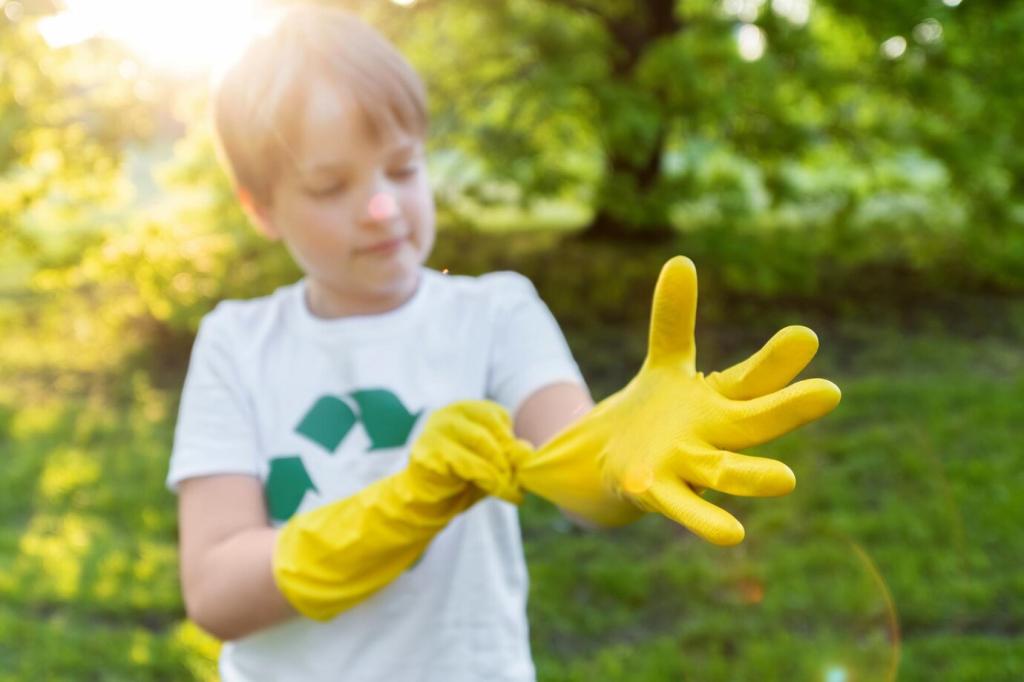
Choose the Right Cloth and Motion
Opt for soft cotton or bamboo cloths, damp rather than dripping, and clean with slow, linear strokes that follow grain or weave. Avoid harsh surfactants, abrasive pads, and heavy soaking that swells fibers or encourages microbial growth in hidden joints.
Natural Finishes and Protective Coatings
Tung and linseed oils penetrate and strengthen, while beeswax or carnauba offers a gentle, buffable sheen. Apply thin coats with patience, letting each layer cure thoroughly. Avoid silicone-heavy mixes that impede future refinishing or responsible disassembly down the road.
Natural Finishes and Protective Coatings
Add UV-conscious habits—rotate furniture seasonally, draw sheer curtains at midday, and use plant-based topcoats with mineral pigments. For dining pieces, maintain a sacrificial wax layer that catches everyday life, from coffee rings to watercolor mishaps, without permanent stains.
Natural Finishes and Protective Coatings
Let oils cure with generous airflow to minimize odors and maximize durability. Keep pieces out of heavy use during curing, and track dry times by touch and scent. Subscribe for our eco-finish calendar that maps temperature, humidity, and safe recoat intervals.
Repairing with Compostable Materials
Blend wood flour or cellulose with bio-based binders to fill small gouges in bamboo or cork. For fabric surfaces, patch with hemp or organic cotton, celebrating visible mending. Sand lightly, color-match with natural pigments, and document blends for repeatable results.
Repairing with Compostable Materials
Choose hide glue, casein, or plant resin adhesives for joints that need strength but remain reversible for future repairs. Warm clamping surfaces, apply sparingly, and avoid polyurethane foams that expand unpredictably and complicate responsible end-of-life processing.
Humidity and Temperature Sweet Spots
Aim for 40–55% relative humidity and moderate temperatures to prevent swelling, brittleness, or microbial stress. Use a hygrometer near vulnerable pieces, raise airflow with gentle fans, and avoid parking furniture directly over heaters or against cold exterior walls.
Mindful Light Practices
Sunlight is beautiful, yet relentless. Rotate pieces quarterly, use UV-filter sheers, and place coasters under vases that can concentrate light. For vibrant natural dyes, consider protective mats and periodic shade breaks, then share your rotation reminders with our community.
Naturally Discouraging Pests
Cedar, neem, and lavender sachets deter moths and beetles without harsh chemicals. Seal pantry areas, vacuum crevices, and promptly repair frayed edges that invite nesting. If you try a new botanical deterrent, comment with results so others can learn safely.


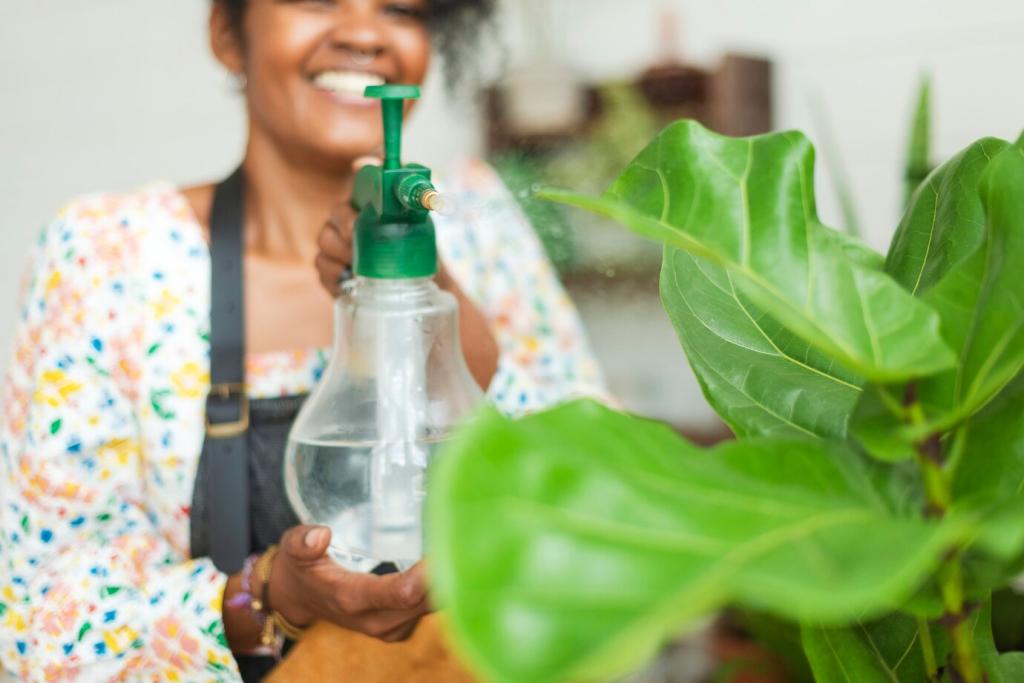


After a chaotic painting party, water rings dotted the surface. A gentle re-oil, patient buffing, and breathable coasters later, it glowed again. The family now schedules a seasonal care day—share your ritual so others can celebrate maintenance, not dread it.
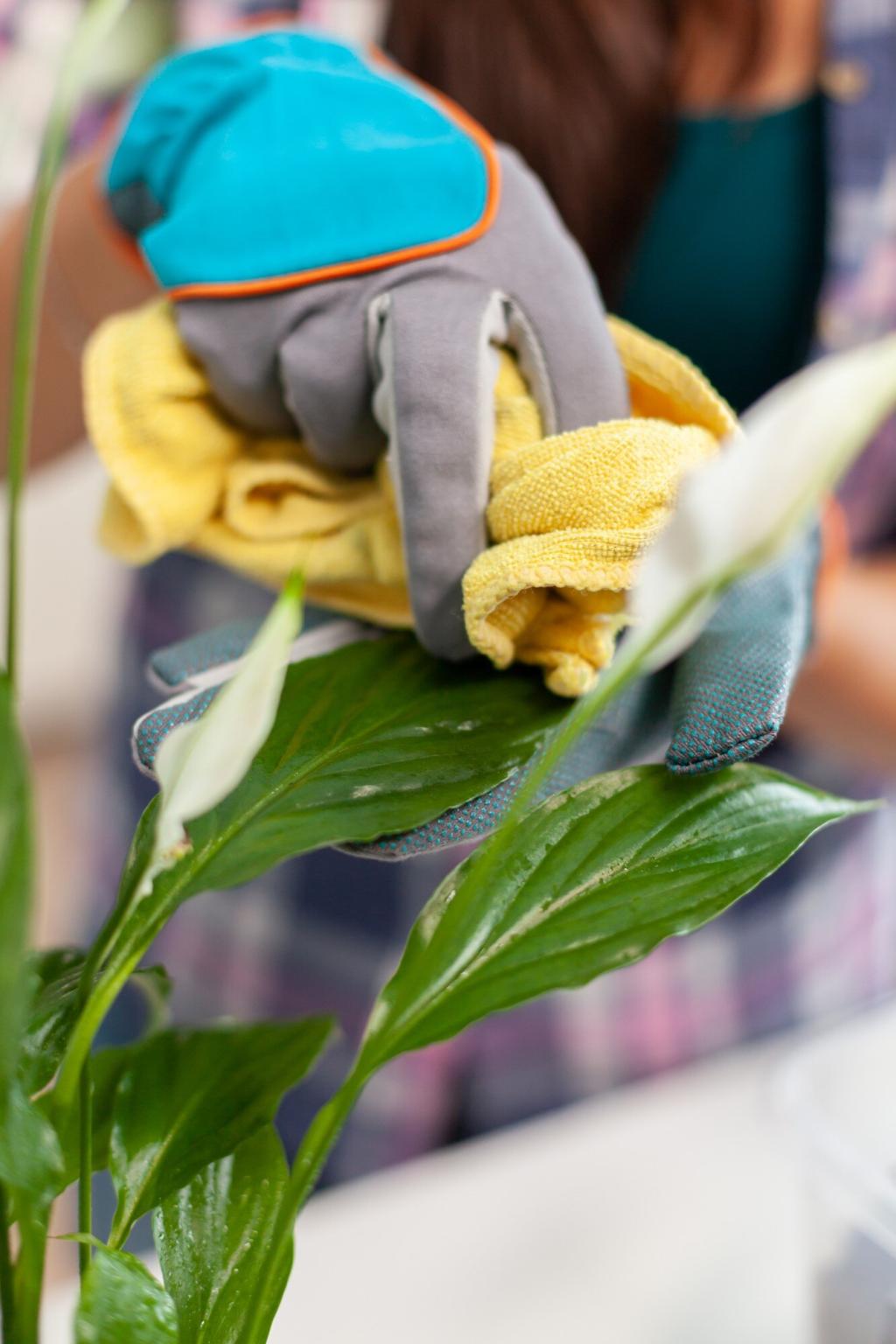
Salt breezes left the rattan slightly brittle. A reader misted carefully, rested the chair away from direct sun, and nourished it with a whisper of wax. Comfort returned. What coastal challenges do you face? Tell us, and we’ll feature your solutions.
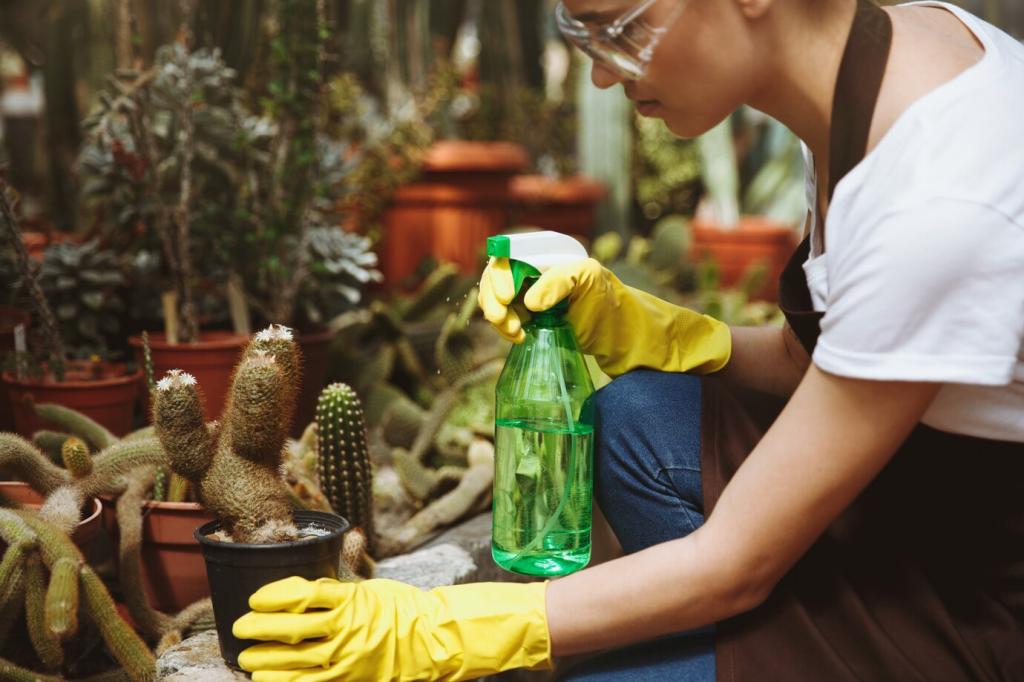
Daily use compressed its surface. Strategic rotation, soft felt pads, and a light resurfacing restored bounce and warmth. Now it doubles as a plant stand during heavy cooking days. Comment with your multifunction setups and subscribe for space-savvy, low-impact tips.
